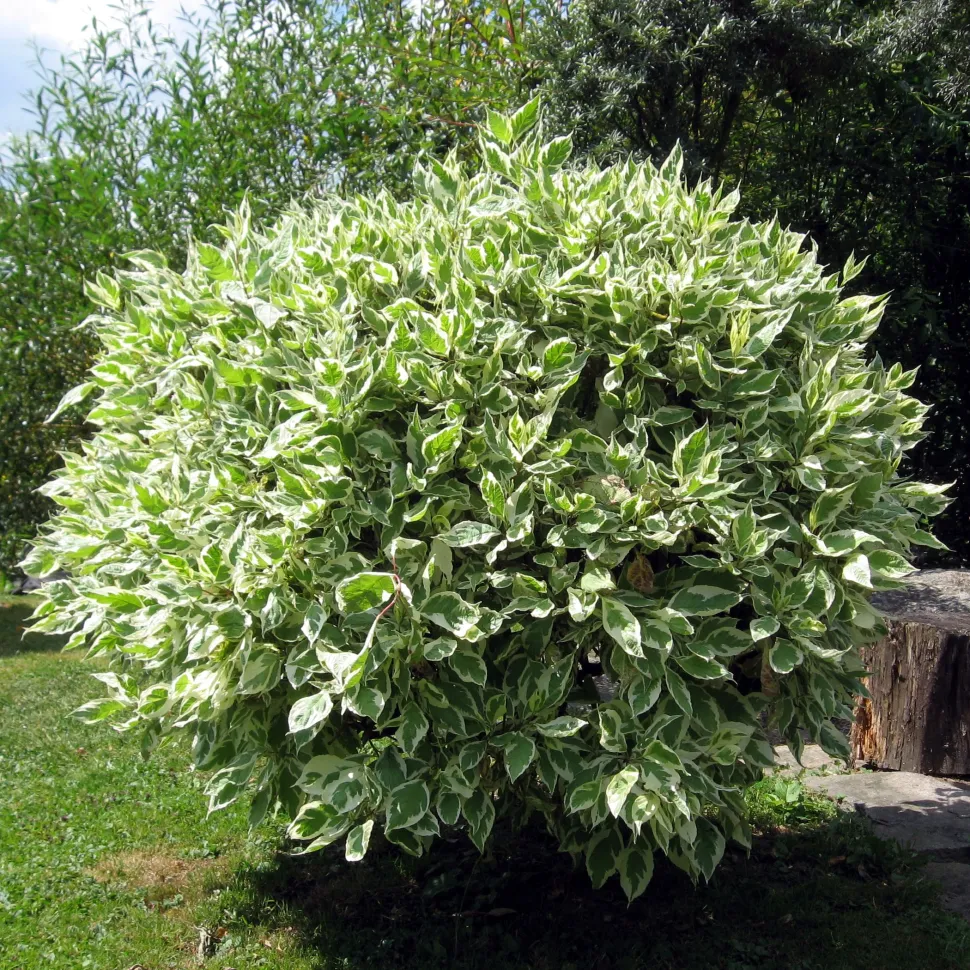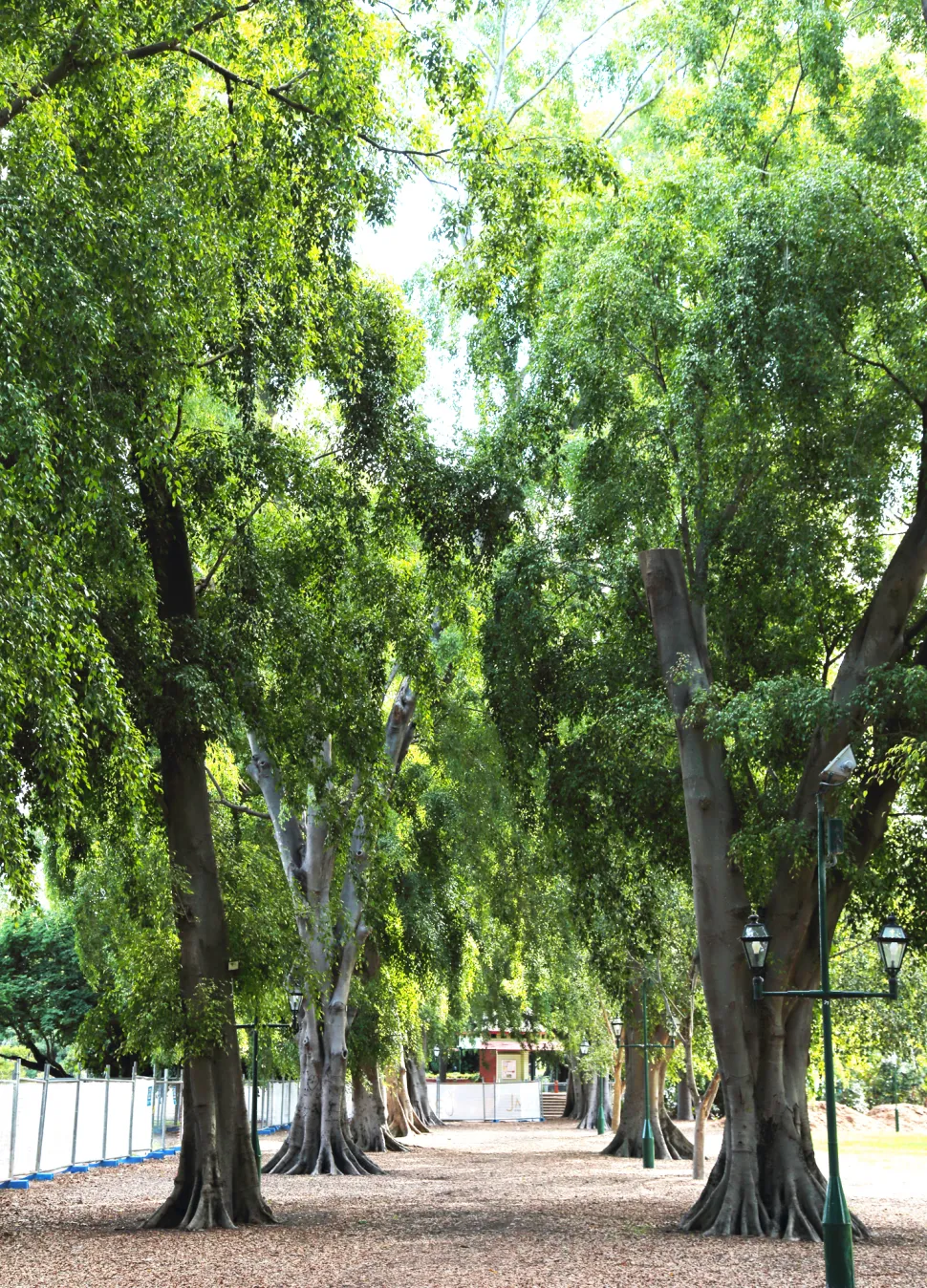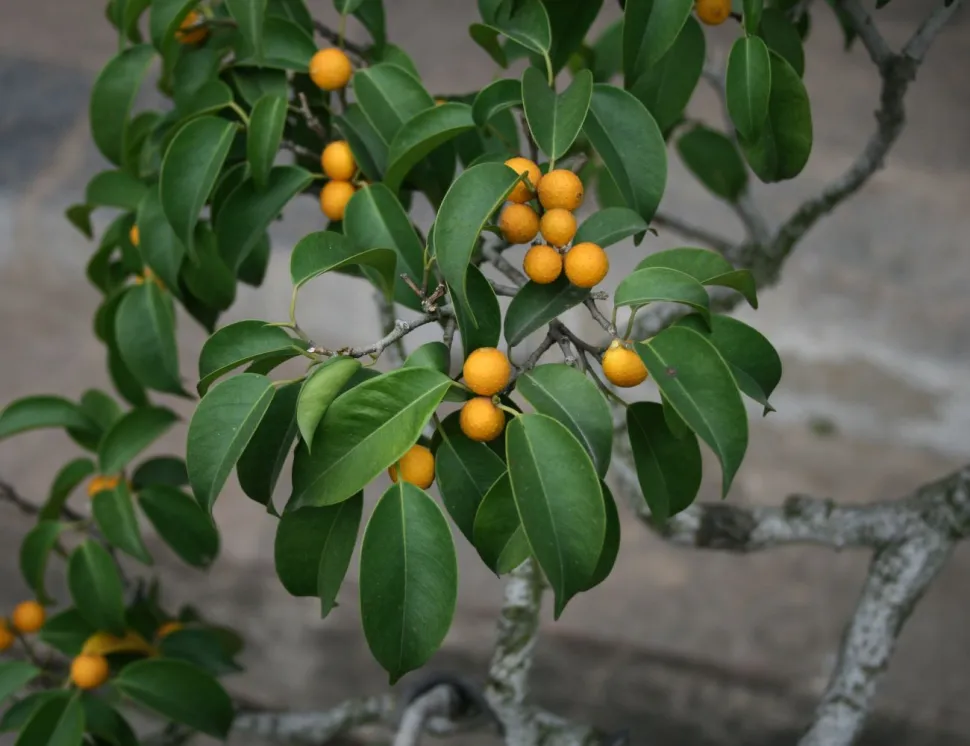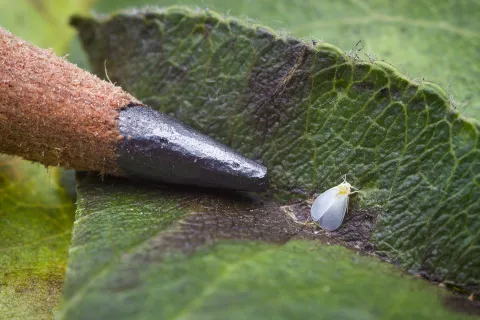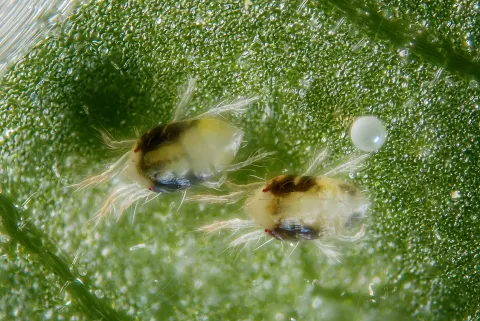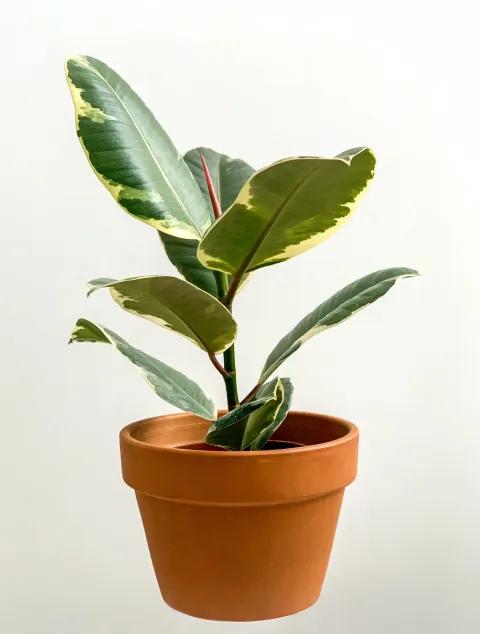Ficus benjamina, the weeping fig tree
Unlike Ficus carica, which grows in the Mediterranean basin, the weeping fig comes to us from India and Malaysia. This member of the Moraceae family is a highly decorative houseplant thanks to its evergreen foliage. But it's also hardy. If you live in a region with mild winters, you can plant Ficus benjamina in your garden.
How to recognize Ficus benjamina?
Ficus benjamina reaches heights of up to twenty meters in the wild. In pots and indoors, it rarely exceeds three meters. Its dense foliage bends the branches that support it. Its drooping habit has given it the name of weeping fig. Its light-barked trunk grows from new roots. It can be multiple and braided or simple and lignified.
The weeping fig has alternate oval leaves. Long and slender, they measure eight centimetres long and three centimetres wide. They end in a point, which distinguishes them from the limbs of Ficus microcarpa. Their color varies according to age and variety. Young shoots are light green, darkening with age. Nevertheless, they retain their lustrous appearance. Some varieties have white or cream variegated leaf blades.
Flowering in cultivation is rare. In the wild, it is characterized by small, white, odorless flowers. These turn into an orange fruit.
The sap of Ficus benjamina is toxic. If the shrub is injured during pruning, an irritating juice flows out. Do not ingest or touch it.
Care for your Ficus benjamina
Ficus benjamina don't like change. Once yours has been installed away from draughts, don't move it again. It could lose its leaves.
Watering
Ficus benjamina likes regular but not excessive watering. Its roots must not be drowned. Use non-calcareous water, such as rainwater or filtered water at room temperature.
Between waterings, let the soil dry on the surface (by about two centimetres).
Remember to remove any stagnant water from the saucer or planter.
Spray
In its natural environment, ficus benjamina benefits fromhigh humidity. To make your plant feel at home in your home, regularly mist the top and bottom of the foliage with non-calcareous water at room temperature.
Repotting
In spring, transfer your Ficus benjamina to a larger pot, so that it can continue to grow.
In a drilled pot, place a layer of clay balls or gravel to promote drainage. The pot should be deeper and larger than the previous one to accommodate the roots and support the growth of your ficus benjamina.
Choose a special potting soil for green plants or houseplants. After pouring in the substrate, plant your plant. Fill in with soil and tamp down to remove any air pockets.
Fertilization
You can stimulate the growth of your plant during its growth phase, in spring and summer, with fertilizer.
Stimulate the growth of your Ficus benjamina with green plant fertilizer.
Cleaning
Photosynthesis is slowed down by dust accumulating on the leaves. To help your Ficus benjamina make the most of its exposure, clean the foliage with a clean, damp cloth.
Dusting also helps prevent pest attacks.
Prune
Trim your Ficus benjamina, whatever its size, to make it denser. Use a clean, sharp tool. Shorten each branch by at least five centimetres, cutting above a healthy leaf. Remove dead branches too.
Caution! Sap is toxic. Wear gloves for protection.
Plantation
Once the last spring frosts have passed, you can plant.
Find a sunny spot sheltered from the wind. Prepare the ground by spading and removing stones and weeds.
While you're working, rehydrate the root ball of your Ficus benjamina by soaking its pot in a bucket of water.
If your soil is poor, add potting soil or compost to the bottom. Plant your shrub, aligning the height of the collar with that of the soil. Fill in with a mixture of soil, sand and substrate. Tamp lightly and water. Water eliminates air bubbles.
To limit evaporation and weed growth, mulch the base with organic matter.
To limit evaporation and weed growth, mulch the base with organic matter.
If you're planting several specimens, to create a hedge, you can dig a trench rather than one hole per specimen.
Cutting
Cutting is carried out during the strong growth phase, generally in spring and early summer.
Select a stem without flowers or flower buds. Using clean pruning shears, cut a fifteen-centimeter section.
Slash the base vertically with a disinfected cutter to increase the rooting surface. You can dip this end in cuttings hormone.
Remove the lower leaves and keep only the terminal pair.
Soak your cutting in a glass of water at room temperature. Only the stem end should be immersed. Change the water every three days to keep it clear.
Place your cutting in a bright spot away from direct sunlight.
Place your cutting in a bright spot away from direct sunlight.
Exposures
Substrates
Diseases / Threats
Information
| Family | Moraceae - Moraceae |
| Type | Ficus - Ficus |
| Species | Ficus benjamina - Ficus benjamina |
| Lifecycle | Perennial |
| Foliage | Evergreen |
| Categories | |
| Tags |
Beginner Toxic |
| Origins |
South Asia Southeast Asia |
| Hardiness (USDA) | 9b |
| Leaf color |
|
| Flower color |
|
| Fruit color |
|
Discover plants from the same family

